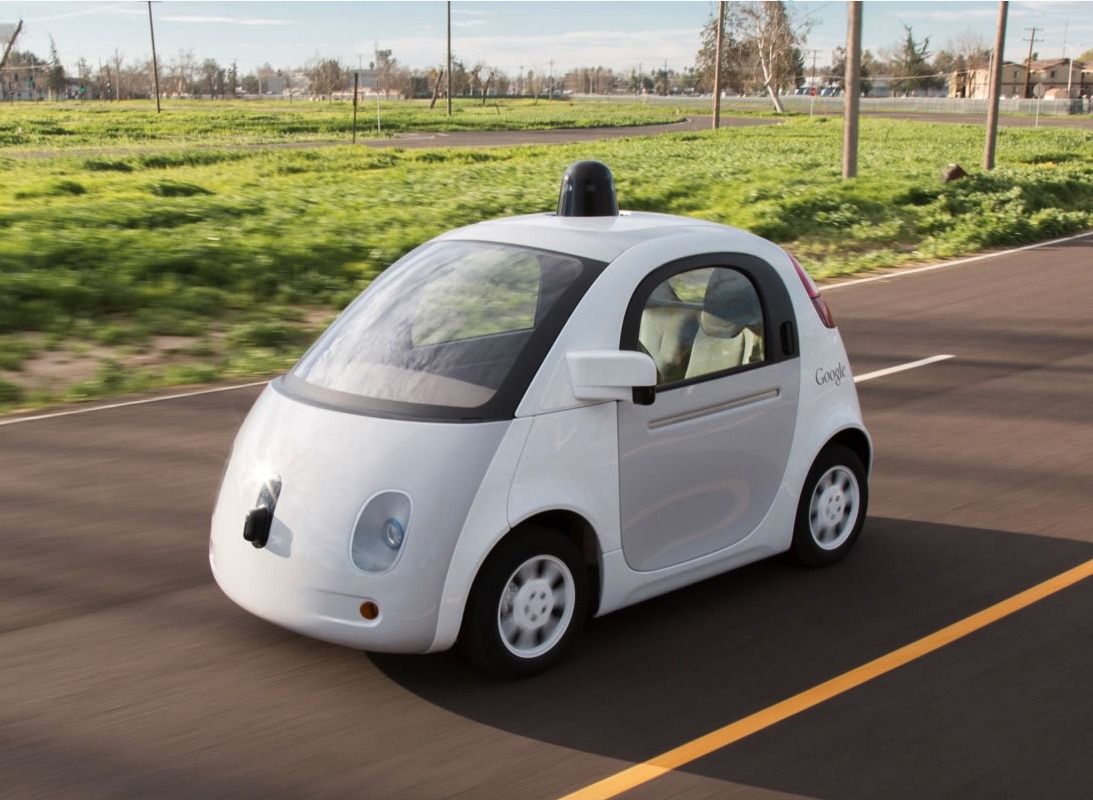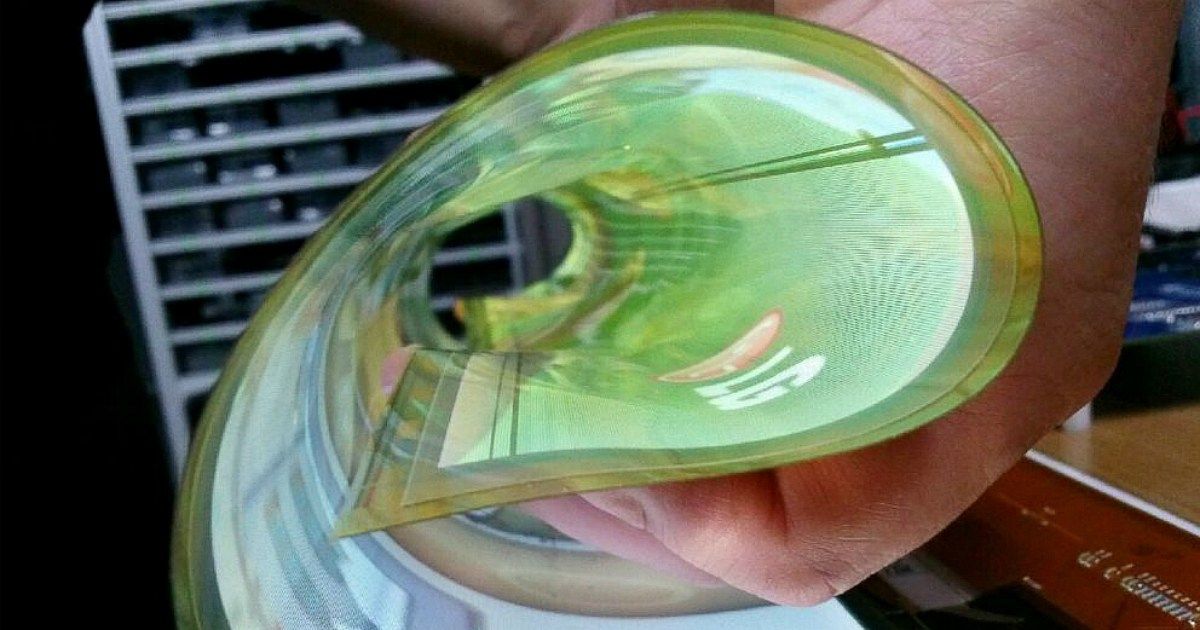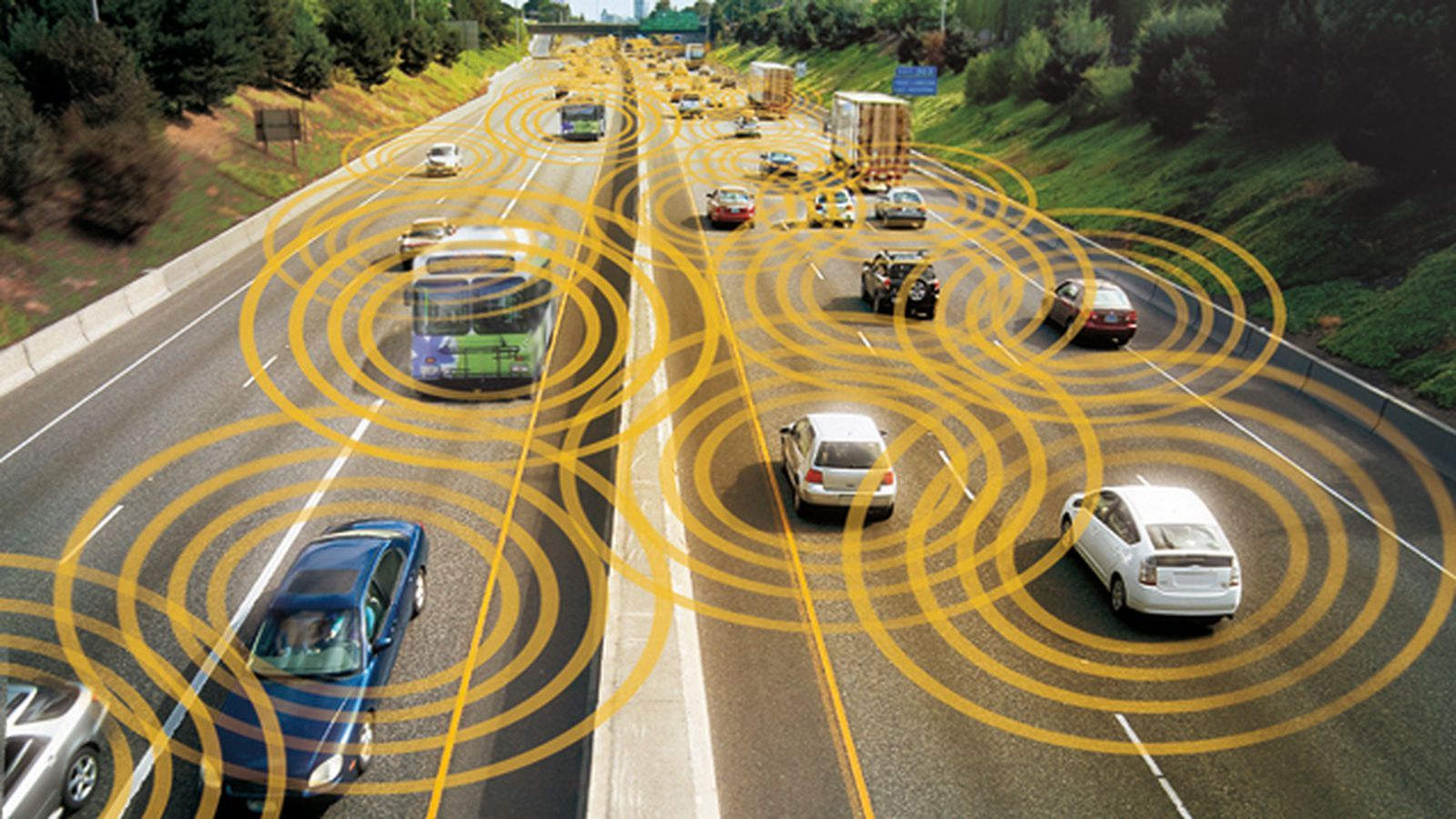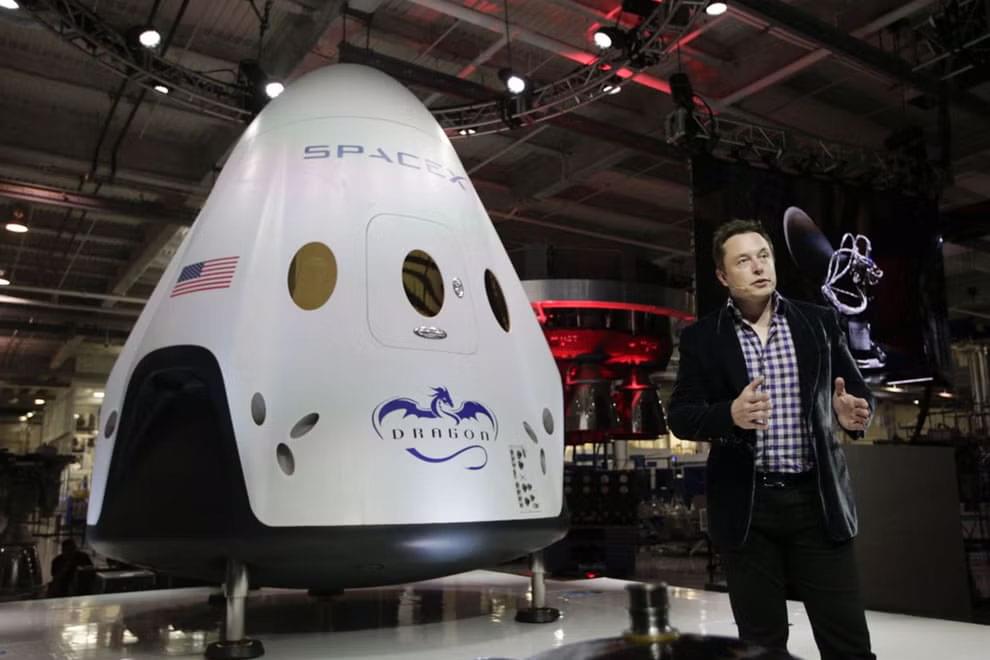Page 11773
Sep 14, 2015
LG will reportedly unveil a 55-inch ‘rollable TV’ prototype in 2016
Posted by Shailesh Prasad in categories: drones, electronics
Never mind the 111-inch double-sided TV that LG showed off at IFA earlier this month; that’s so 2015.
A rollable TV, though — now that’s something I could see fitting in nicely to my pimped-out IoT living room of 2016.
Maybe I’ll unroll this rollable TV in bed each morning, and have a drone fly over the coffee that my smart, connected coffee machine poured ahead of time — after it was pinged by my Apple Watch that I was about to wake up.
Sep 14, 2015
DARPA Taps Into the Brain To Give Patients Robo-Touch and Better Memory
Posted by Shailesh Prasad in categories: biotech/medical, neuroscience
Sep 14, 2015
New York is getting wired with traffic signals that can talk to cars
Posted by Shailesh Prasad in categories: internet, transportation
Behind self-driving, vehicle-to-vehicle (V2V) and vehicle-to-infrastructure (V2I) communication is one of the biggest sea changes in transportation technology on the horizon — it could have an enormous impact on driving safety, if it’s implemented quickly and correctly. The concept is pretty simple: cars, signs, and traffic signals all communicate to one another over Wi-Fi-like airwaves, so that drivers (and automatic safety systems built into cars) have more information about the traffic and environment around them. (I got a compelling demo of V2V tech put on by Ford at CES a couple years ago, and I can say that the promise is pretty huge.)
There’s no federal rule in place for requiring V2V yet, but the US Department of Transportation is hoping to get those rules in place by the end of this year — and in the meantime, it’s rolling out huge new pilot programs to put the technology to the test. In the New York City boroughs of Manhattan and Brooklyn, traffic signals will be equipped with V2I hardware, while up to 10,000 city-owned vehicles will be outfitted with V2V. (It’s unclear whether drivers of these vehicles will have access to the data through instrumentation, or whether it’s just being collected as part of the DOT’s ongoing V2V research.)
Sep 14, 2015
Intelligent Machines: The jobs robots will steal first
Posted by Aleksandar Vukovic in categories: economics, employment, robotics/AI
“Martin Ford — author of Rise of the Robots — thinks we face mass unemployment and economic collapse unless we make radical changes, such as offering humans a basic wage, a guaranteed income.”
We are on the cusp of a revolution in the way we work so move over and make room for the robots.
Sep 14, 2015
SteadXP The Future of Video Stabilization
Posted by Shailesh Prasad in category: media & arts
Sep 14, 2015
DARPA demonstrates robotic landing gear for helicopters
Posted by Shailesh Prasad in category: robotics/AI
Helicopters are versatile machines capable of all manner of maneuvers in the air, but when it comes to takeoffs and landings they are very fussy creatures, preferring flat, level pads, which are scarce in combat and rescue missions. DARPA recently demonstrated a new robotic landing gear system in an unmanned flight near Atlanta, Georgia, that’s designed to overcome these limitations by enabling landings on broken or uneven terrain with a high degree of safety.
Sep 14, 2015
Scientists have developed a shark-repelling device for your surfboard
Posted by Shailesh Prasad in category: futurism
Researchers have developed an electronic device that you can attach to your surfboard or wear while swimming to help deter sharks. The aim is to harmlessly mess with the animals’ electroreceptive system, and studies so far have shown that they can prevent more than 90 percent of shark encounters.
Before you all rush off to buy one, let’s get one thing straight: shark attacks are incredibly rare, with on average just 75 being reported worldwide every year. That means you have on average a roughly one in 11.5 million chance of being attacked by a shark (and if you rarely swim more than 25 metres out from the beach, it’s even lower than that) — which is far less than your risk of dying from home repairs or, say, a bicycle-related injury.
Continue reading “Scientists have developed a shark-repelling device for your surfboard” »
Sep 14, 2015
Elon Musk has asked if he can launch 4000 wifi satellites into space
Posted by Shailesh Prasad in categories: Elon Musk, internet, space
Elon Musk has officially requested permission from the Federal Communications Commission (FCC) to launch a 4000 strong flotilla of satellites into orbit.
Elon Musk’s space company ‘SpaceX’ announced their primary plans in January with the official request coming early last week. If all goes to plan the satellites could be in orbit and the Internet operational within five years.
While satellite internet is not new technology, SpaceX plans to reduce the enormous latency over a space connection by launching the satellites into a low Earth orbit at around 650km. The low orbit and slower speeds mean 4000 satellites are needed to cover the earth, far more than necessary for higher orbit networking.
Sep 14, 2015
Now arriving: airport control towers with no humans inside
Posted by Shailesh Prasad in category: futurism
Passengers landing at remote Ornskoldsvik Airport in northern Sweden might catch a glimpse of the control tower—likely unaware there is nobody inside.
The dozen commercial planes landing there each day are instead watched by cameras, guided in by controllers viewing the video at another airport 90 miles away.

















